Planning a proposal should feel exciting, not stressful. Most couples search for clarity on budget, diamond shapes, metal choices, sustainability, ring size, and where to buy with confidence. Below is a quick set of answers to the most frequently asked questions, followed by a clear, step-by-step guide that you can act on today.
Quick answers to common questions
How much should we spend? Choose a figure that suits your life, not an outdated rule. Prioritise the single quality that matters most to you, then balance the rest to stay within budget.
Which stone looks best? Round brilliant is the classic all-sparkle choice. Ovals elongate the finger. Emerald and Asscher showcase clarity and clean lines. Try shapes on, not just in pictures.
Platinum or gold? Platinum is dense and naturally white. Gold offers a range of shade options: yellow for warmth, white for a bright look, and rose for a subtle blush. Match metal to skin tone, lifestyle, and any wedding band you already have in mind.
Is lab-grown a good idea? Lab-grown stones deliver size and sparkle at a lower price point. Natural diamonds carry rarity and long-term value interest. Decide based on what you value most: scale and savings or geological rarity.
Think like a designer: pick the centre, then frame it
Start with the focal point. For diamond rings, the 4Cs still guide the decision.
Cut drives sparkle more than any other factor. If your budget is tight, protect cut first, then balance colour and clarity.
Colour: Near-colourless (G to I) looks bright in white metals. Warmer tones (J to K) can suit yellow gold beautifully.
Clarity: VS2 to SI1 often hides inclusions once the stone is set. Choose eye-clean rather than chasing a high grade that no one can see.
Carat: Size affects presence and price. Compare millimetre measurements, not only carat numbers, since face-up spread differs by shape.
If you prefer coloured gemstones, apply a similar lens: hue, tone, saturation, and transparency. Sapphire, ruby, and emerald carry strong stories and can be durable choices for daily wear, especially sapphire.
Now frame the centre with the right setting:
- Solitaire keeps attention on the stone.
- Halo adds scale and sparkle without a dramatic jump in budget.
- The three-stone symbolises past, present, and future.
- The bezel protects the edge and suits active lifestyles.
Choose a metal that suits skin, style, and routine
- Platinum: naturally white, hypoallergenic, needs occasional polish yet retains mass as it wears.
- 18ct yellow gold: rich and traditional, flatters warmer skin tones and vintage-inspired designs.
- 18ct white gold: bright and modern, usually rhodium-plated for a crisp finish.
- 18ct rose gold: subtle warmth that pairs well with oval and pear shapes.
If you plan to stack with a wedding band, test how the engagement rings sit with a straight band, an open-curve band, or a contoured fit to ensure a comfortable fit. This avoids gaps and spinning later.
Set a budget that protects the big picture.
A ring is part of a wider celebration. UK couples often focus their spending on venue, catering, and photography. Keeping your ring budget realistic helps the whole plan stay on track. Rank your priorities in order: size, sparkle, rarity, design, or brand heritage. Fund the top item, then make intelligent trade-offs elsewhere.
Make ethics and sustainability part of the brief
Ask for transparent sourcing and independent grading. Look for:
- Reputable lab reports, such as GIA or IGI, for diamonds.
- Responsible gold programmes and recycling disclosures.
- Repair and resize services that extend the ring’s life.
- Conflict-free assurances and clear origin information where available.
If you’re looking for value and a lighter environmental footprint, consider lab-grown diamonds, antique stones, or vintage settings that have been remade for modern wear.
Try rings on your hands, not just on your phone.
Online research helps, but scale, finger shape, and proportions are more easily judged in person. Book a viewing if you can. Bring quick tests:
- Check the profile from the side. Will it catch on to knitwear or gloves?
- Make a fist. If the head sits high, will it knock on desks or gym equipment?
- Try natural light, not only spotlights.
- Photograph the ring from an arm’s length to compare shapes later.
When you want a strong high-street and online experience with a broad choice of cuts and settings, explore engagement rings to compare styles, metals, and price points in one place.
Ring size, insurance, and timing
- Sizing: Measure when hands are warm. If you are between sizes, opt for the larger size for added comfort. Many settings allow a future resize, but full eternity bands usually do not.
- Insurance: Add the ring to your home policy or a specialist jewellery policy. Keep receipts, grading reports, and clear photos.
- Timing: Allow time for ordering and resizing. Standard lead times can be several weeks, especially for custom choices or rare stones.
Style paths that work every time
- Iconic simplicity: Round brilliant, six-prong solitaire, platinum. Enduring, easy to pair with any wedding band.
- Modern classic: Oval in a four-prong setting with a thin yellow gold band. Elegant finger-lengthening effect and strong presence in photos.
- Vintage nod: Old Mine Cut or Old European Cut with a milgrain bezel. Character, pattern, and charm in one.
- Clean geometry: Emerald cut with tapered baguettes, featuring white metal and a low profile, characterised by understated shine and architectural lines.
Match style to daily routine. If you work with your hands, a bezel or low-set cathedral can reduce snagging. If you express style through jewellery, a halo or cluster delivers visual impact without chasing carat weight.
How to compare like a pro
Create a simple shortlisting sheet:
- Stone shape and millimetre size
- Cut or make quality
- Colour and clarity, or colour grade, for gemstone
- Metal type and ring profile
- Comfort, snag risk, and stack fit.
- Price, lead time, and service policy
Photograph each option on your hand next to a plain band. Review the images side by side the next day. Distance makes differences clearer.
Buying online with confidence
- Verify the independent grading and ensure the report number matches the stone.
- Read the return and resize terms before making a payment.
- Look for close-up videos in natural light, not only studio shots.
- Use secure payment and keep a paper trail.
- Confirm servicing: annual check-ups, prong tightening, and polishing can be part of long-term care.
Care that keeps sparkle alive
- Remove your ring for gardening, contact sports, heavy lifting, or harsh cleaning.
- Clean at home with warm water, mild soap, and a soft brush. Rinse well and pat dry.
- Schedule annual checks for prongs and settings, especially if the stone is set high above the setting.
FAQ for couples planning a proposal
How early should we start shopping?
Six to eight weeks gives time for viewings, ordering, and resizing. Leave more time for unusual shapes or handcrafted details.
Is a grading report essential?
For diamonds, yes. It allows you to compare apples to apples and supports insurance. For coloured stones, ask for any available gemmology documentation and choose a trusted retailer.
Should we buy the ring together?
Many couples do. You keep the surprise by choosing the timing and place for the proposal while selecting the design together.
How do we maintain a personal touch?
Borrow cues from daily jewellery. Note the metal colour, ring width, and whether they like clean lines or vintage detail. Look in their saved posts and Pinterest boards for patterns.
A note on cost in context
Budgets vary widely. A recent UK survey found that the average wedding spend is over £ 20,000, which makes it even more important to set clear priorities for the ring and the day as a whole. Treat the ring as a long-term piece of personal design and choose the option that will make you smile every time you glance down.
Also Read: Ethical Elegance: How Modern Luxury Is Redefining the Engagement Ring
Final checklist before you buy
- You have compared two shapes on your hand in natural light.
- You have protected cut quality and chosen sensible colour and clarity.
- The ring fits with a wedding band you like.
- You have a grading report, receipt, and photos for insurance.
- You understand care, service, and resize options.
Choose the ring that fits your life and your story. The right decision is the one you will enjoy wearing every day



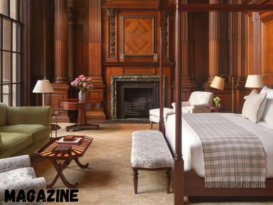


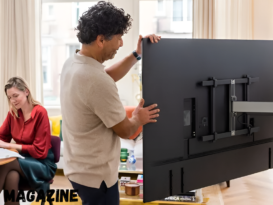



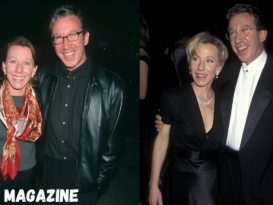

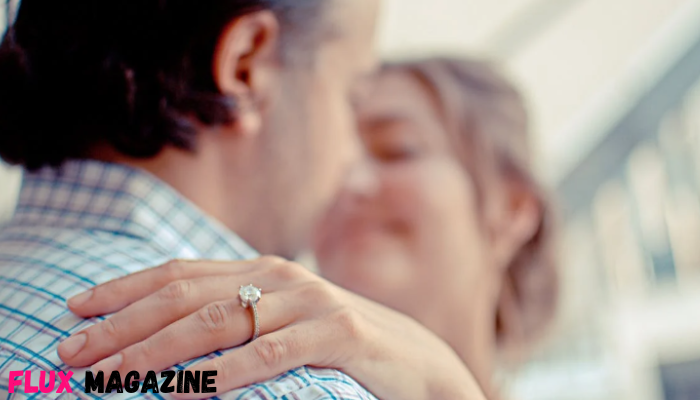



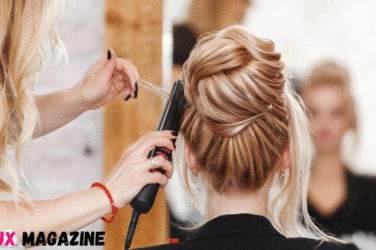
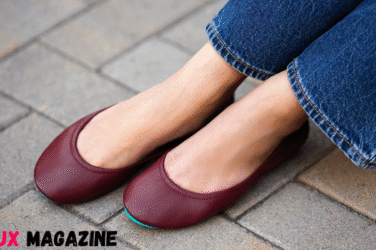
Show Comments (0)